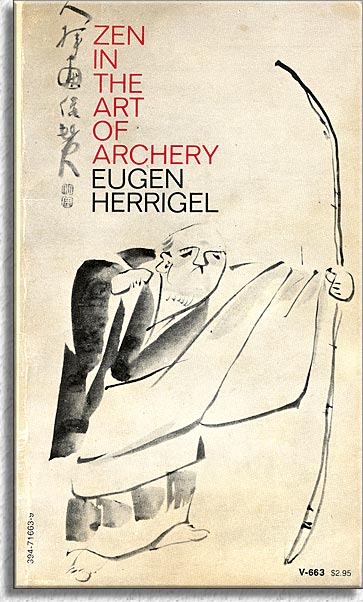I just finished a two hour lesson with a businessman from Dallas. It's so cool to "see the light go on" when they "Real Eyes" that most of the things they've been told aren't true. I'm not sure why this mis information has constantly been passed down, but it sure messes people up.
Here's the things that had him so confused (and when he was shown the effective way his game improved immediately).
1) Keep the cue as level as possible.
2) Keep your bridge and and arm on the table.
3) Use multiple speeds and spins depending on "what the shot requires".
4) Don't "release" your wrist/hands/forearm for power and accuracy.
5) Aim cue ball at a "contact point" of the object ball for different angles.
6) Keep your forearm perpendicular, using your arm for the stoke.
7) Make sure you follow though (more than 2-4 inches)
8) Get low on the cue with your chin/head - lead with your chin.
9) Hold the cue lightly so the "cue does the work".
10) A 13 mm tip size is best for 9' tables.
This is "conventional methods," however, I assure you there's a better way. Some advanced players can use "some" of these methods and play well, but usually because they've been playing that way since they were very young (and have to continue to practice hours a day). 'The Game is the Teacher'
My reading comprehension is fairly weak, so correct me if my interpretation of your post is wrong (I'm not quite certain what you're trying to get across)... but are you stating that those 10 points are all pieces of advice which will hinder a player's improvement? Conversely, do you believe that doing the exact opposite of those suggestions will yield better results (i.e. keeping the cue elevated, bridge arm off the table, etc. etc.)?




